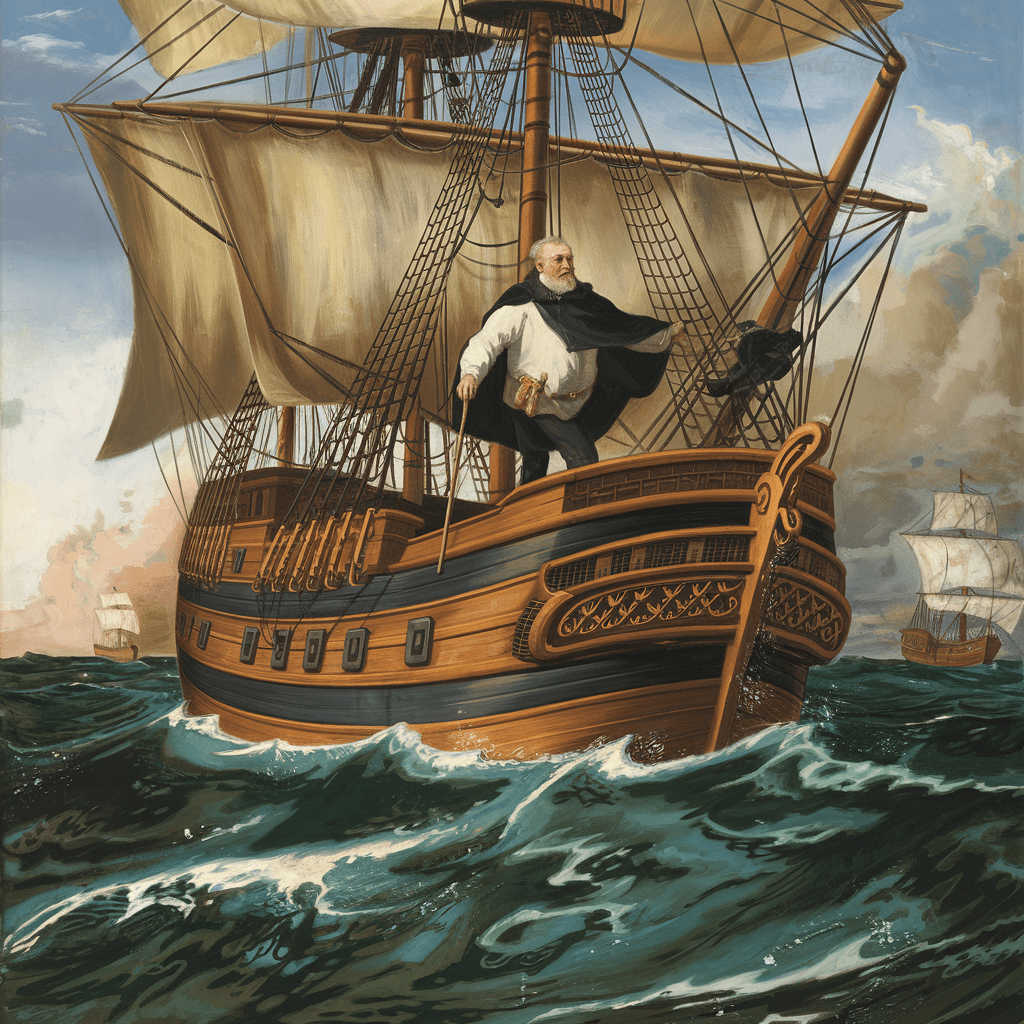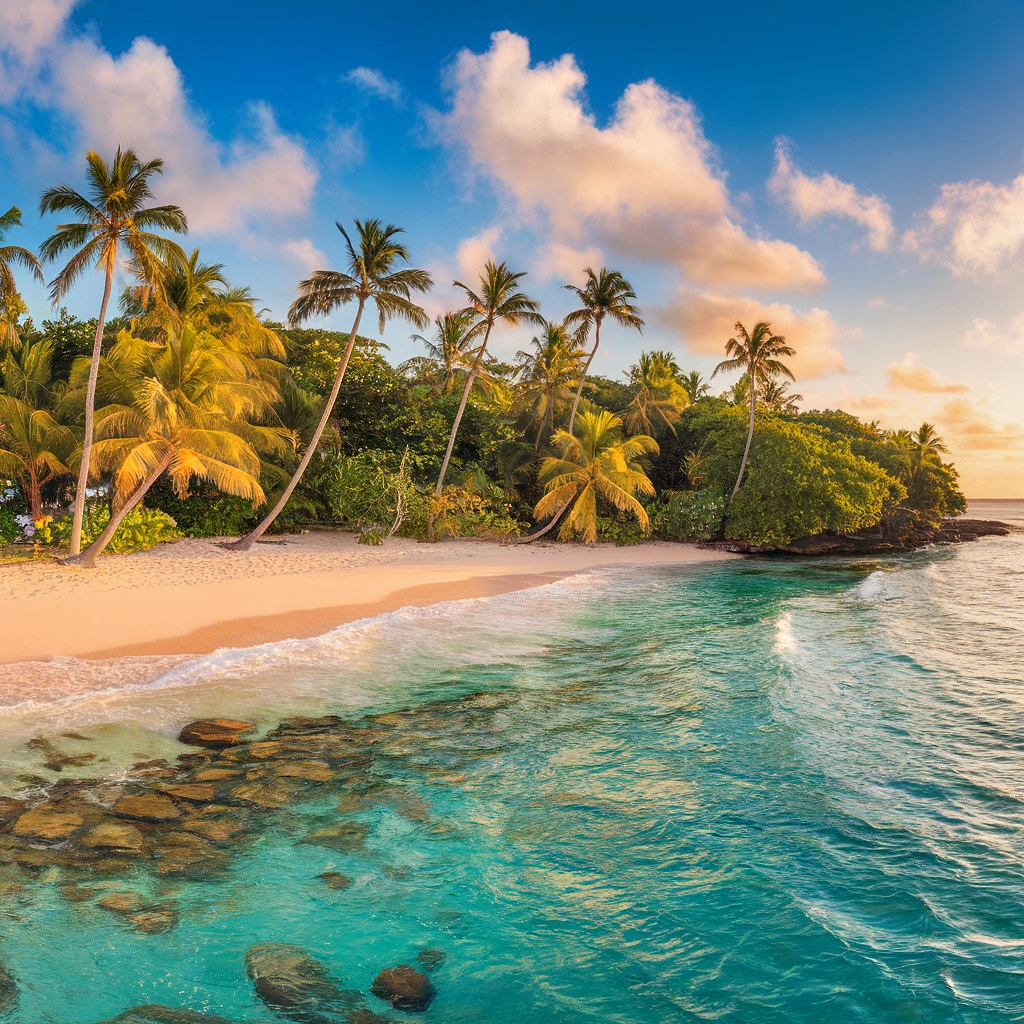
PRE-COLUMBIAN ERA
Before the arrival of European explorers, Cozumel was home to the Maya civilization, known for their advanced culture and significant achievements in mathematics, astronomy, and architecture. The island was an important religious center, particularly for the worship of the goddess Ix Chel, the deity of fertility and medicine. Pilgrimages were common, making Cozumel a vital hub in Mesoamerica's spiritual and cultural landscape.

RICH SPANISH EXPLORATION
Before In 1518, Cozumel was first spotted by Spanish explorer Juan de Grijalva during his expedition along the Yucatán coast. Grijalva's visit marked the beginning of European interest in the island. The following year, Hernán Cortés arrived on the island during his expedition to conquer the Aztec Empire. Cortés recognized Cozumel's potential as a strategic location for supply and repair for his fleet.
While the Spanish established a settlement to facilitate their exploration, their arrival also brought devastation to the indigenous Maya population through disease and conflict. In 1520, Francisco Hernández de Córdoba became one of the first to document the impact of the Spanish presence on the island and the region, describing the riches of the area and the indigenous reactions to Spanish incursions

INCURSION OF PIRATES
As Cozumel continued to gain prominence in the Spanish colonial empire, it also became a haven for piracy. The strategic location meant that many ships navigating the waters of the Caribbean would pass close to the island, making it an enticing target for pirates eager to plunder valuable cargo. The late 16th and early 17th centuries were marked by heightened pirate activity in the Caribbean.
Notable pirates such as Sir Henry Morgan occasionally raided the waters around Cozumel. Morgan, a Welsh privateer, was notorious for his raids on Spanish settlements and shipping. His attacks not only affected Cozumel but also led to increased military presence and security measures by the Spanish crown. Pirates posed a constant threat, leading to the establishment of stronger fortifications and vigilant naval patrols in the area.

DECLINE OF PIRACY AND COLONIAL ISOLATION
By the late 17th century, the Spanish managed to quell much of the pirate activity in the Caribbean, largely due to more effective maritime patrols and the establishment of fortified settlements throughout the region. Although piracy declined, Cozumel's strategic importance continued, leading to the establishment of permanent populations on the island.
In the 18th and 19th centuries, pirates became less of a concern, and Cozumel transitioned into a relatively quiet and isolated island among the populated areas of the Yucatán Peninsula. It wasn't until the late 19th and early 20th centuries that Cozumel began to develop as a tourist destination, showcasing its natural beauty and underwater attractions that reflect its Caribbean heritage.

LEGACY OF COZUMEL
Today, Cozumel is renowned for its beautiful beaches, vibrant marine life, and historical sites that speak to its rich past. The stories of explorers and pirates remain integral to understanding the island’s history, illustrating how Cozumel's geographical significance influenced both its encounters with external forces and the fate of its indigenous peoples.
The romanticized tales of piracy, exploration, and resilience echo through Cozumel's windswept shores, drawing visitors not just to its natural beauty but to the narratives of adventure and survival that define its storied past.